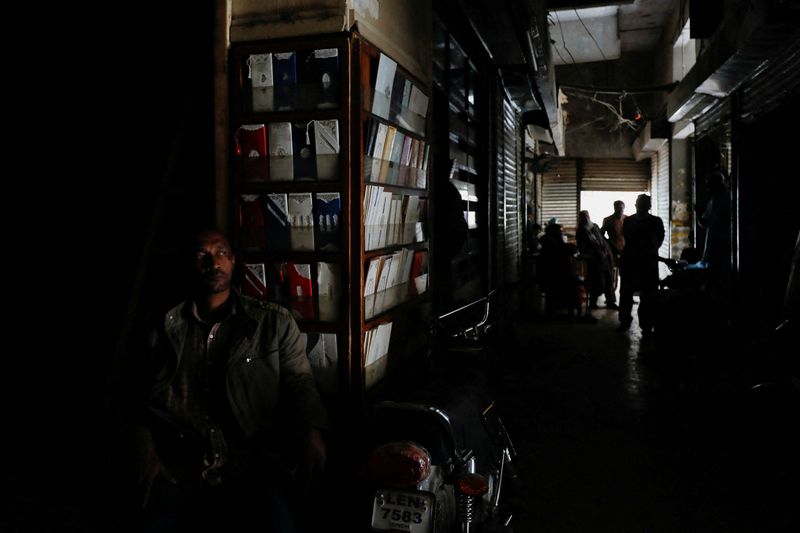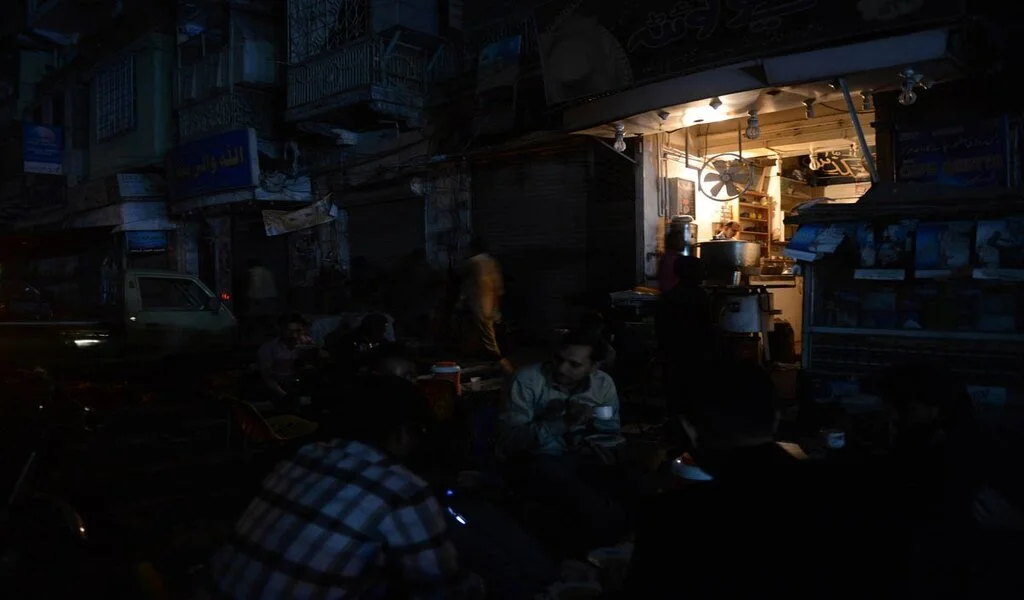(CTN News) – A grid failure on Monday left millions of Pakistanis without power for the second time in three months, impacting practically the whole nation, from the capital Islamabad in the north to Karachi in the south.
Here is a look at what occurred and Pakistan’s electricity grid’s short-term prospects.

WHAT HAPPENED
According to the country’s energy ministry, the National Grid in Pakistan had a “widespread disruption” on Monday around 07:34 local time.
According to Energy Minister Khurrum Dastgir, the network was damaged by a significant voltage spike in the country’s south.
THE POWER GRID IN PAKISTAN
Over a third of Pakistan’s yearly power needs are normally satisfied by imported natural gas, which costs skyrocketed when Russia invaded Ukraine.
The government is now having trouble obtaining petroleum from outside due to a recent delay in getting cash under an International Monetary Fund (IMF) program.

Most of Pakistan’s imports are fuel supplies, and the country’s present foreign currency reserves only cover one month’s worth of imports.
To save energy, the government has mandated that stores, eateries, and marketplaces close by 8.30 p.m. daily.
In addition, fuel oil imports have increased to power the nation’s 220 million companies, hospitals, and schools.
FREQUENT POWER CUTS
Month-long power outages have plagued Pakistan, lasting longer in rural regions than urban ones. Although the length of power outages has decreased over the winter, many areas still experience them to save fuel expenses.
A severe heatwave in the summer of 2022, followed by gas shortages and rising gas prices globally, has caused devastating power outages across the nation.
GRID FAILURES
When there is a significant imbalance between supply and demand, electricity networks malfunction or collapse, often due to rapid or unexpected changes in energy use patterns.
In severe situations, all producing stations are disconnected from the grid, causing a blackout when the difference between supply and demand grows above a certain threshold.
Although the precise reason for Pakistan’s grid failure is unknown, the grid frequency normally decreases when supply is insufficient to meet demand.
To save money during the winter when electricity consumption was low, Dastgir told the Geo TV station that certain power generators were turned off throughout the night.

He told Geo TV that when the power generators were turned back on to the grid on Monday morning, an abrupt voltage fluctuation caused each power-producing unit to go down individually.
Dastgir did not specify the kind of generators that were unplugged, but a gas shortage at utilities would have reduced the grid’s adaptability.
The ability to ramp up and down electricity production from gas-fired utilities and hydropower facilities makes them typically the best suited to accommodate unexpected changes in power demand.
Other utilities, like those powered by coal or nuclear energy, run continually, rendering them unable to handle unexpected changes in demand.
RESTORATION
By the time most of the country has power again, which is expected in Pakistan by 2200 local time, vast portions of the nation would have been without it for more than 14 hours.
Before that, “we are making every effort to accomplish restoration,” Dastgir told Reuters.
Similar circumstances occurred in Bangladesh in October when the nation experienced a grid breakdown that resulted in power outages in about three-quarters of the country and took more than 10 hours to restore.
Related CTN News:
Pakistani rupee fell Against the US dollar for the 19th Consecutive Session






